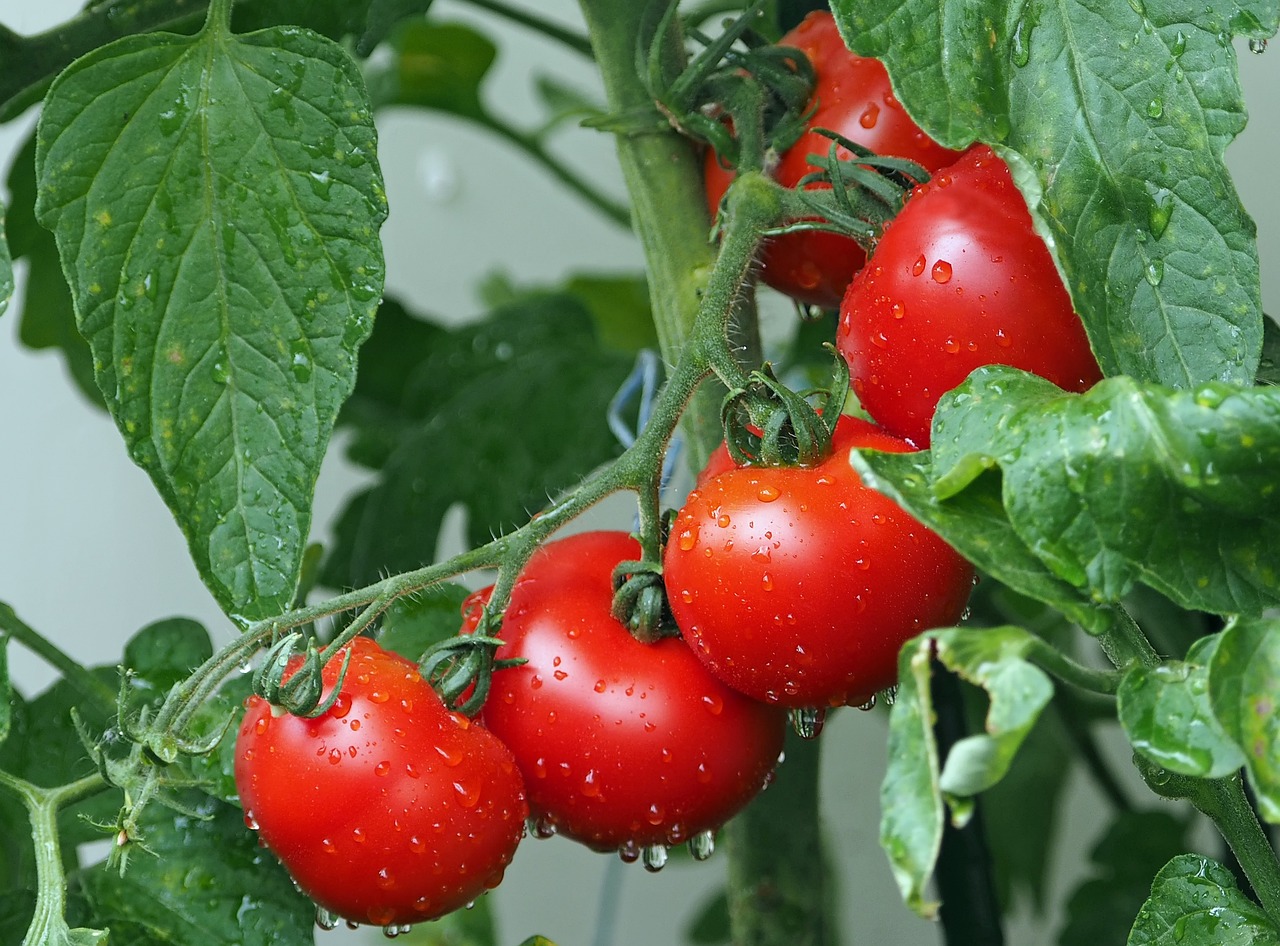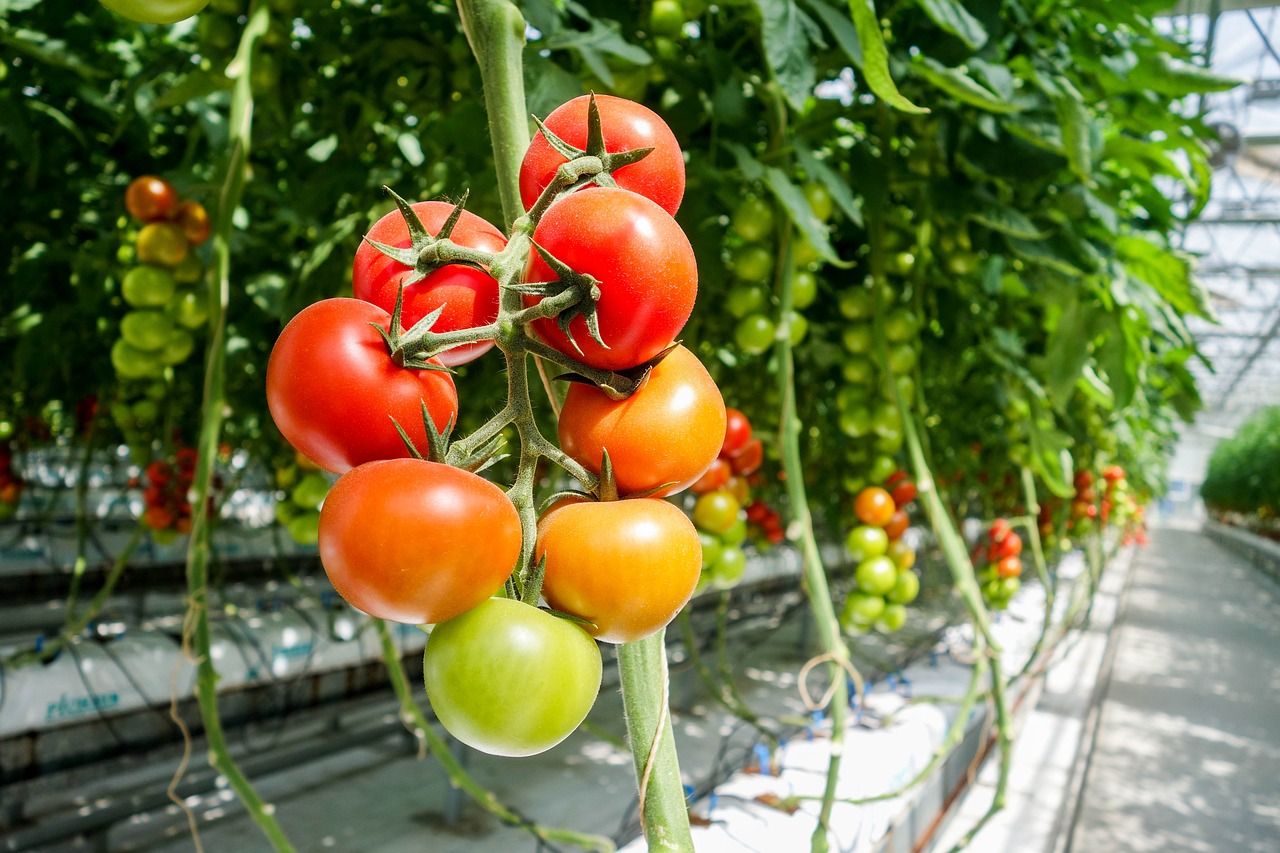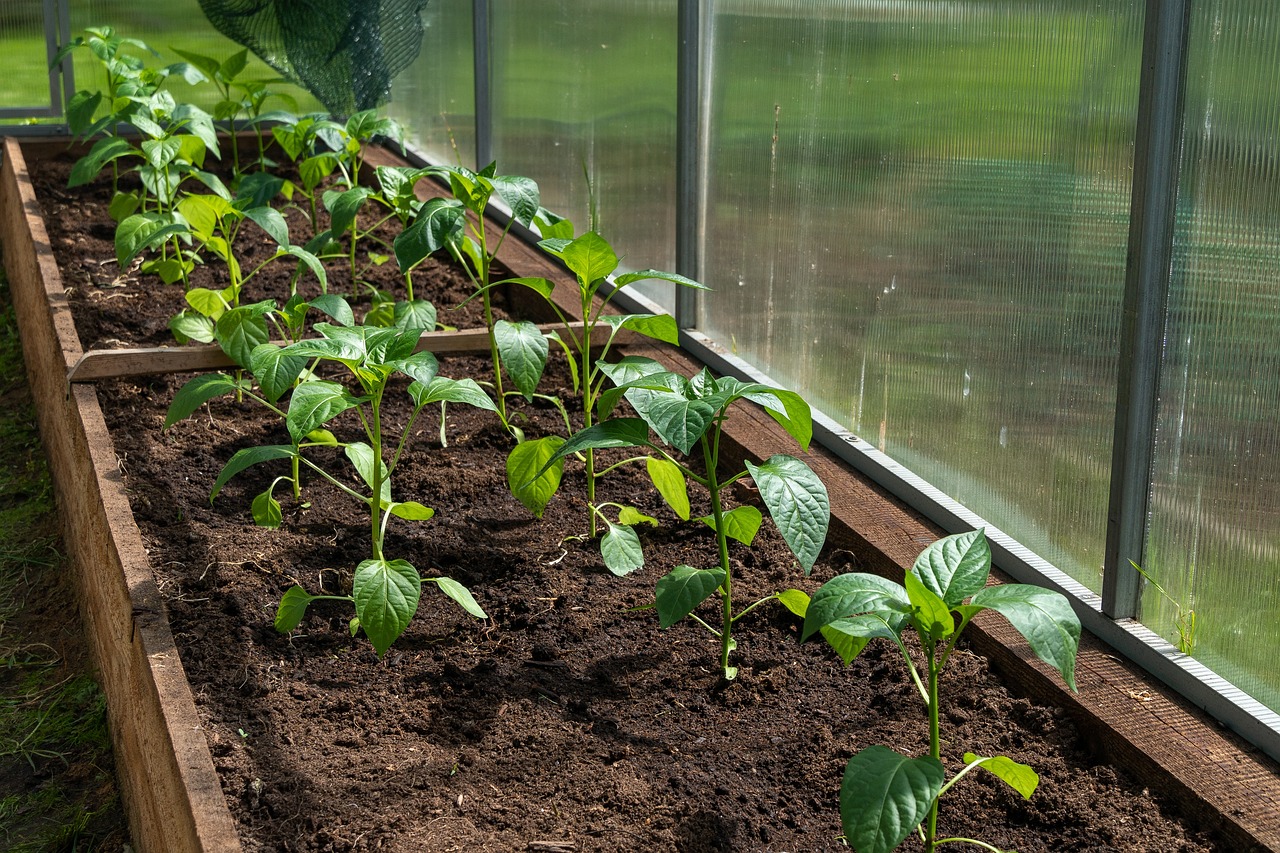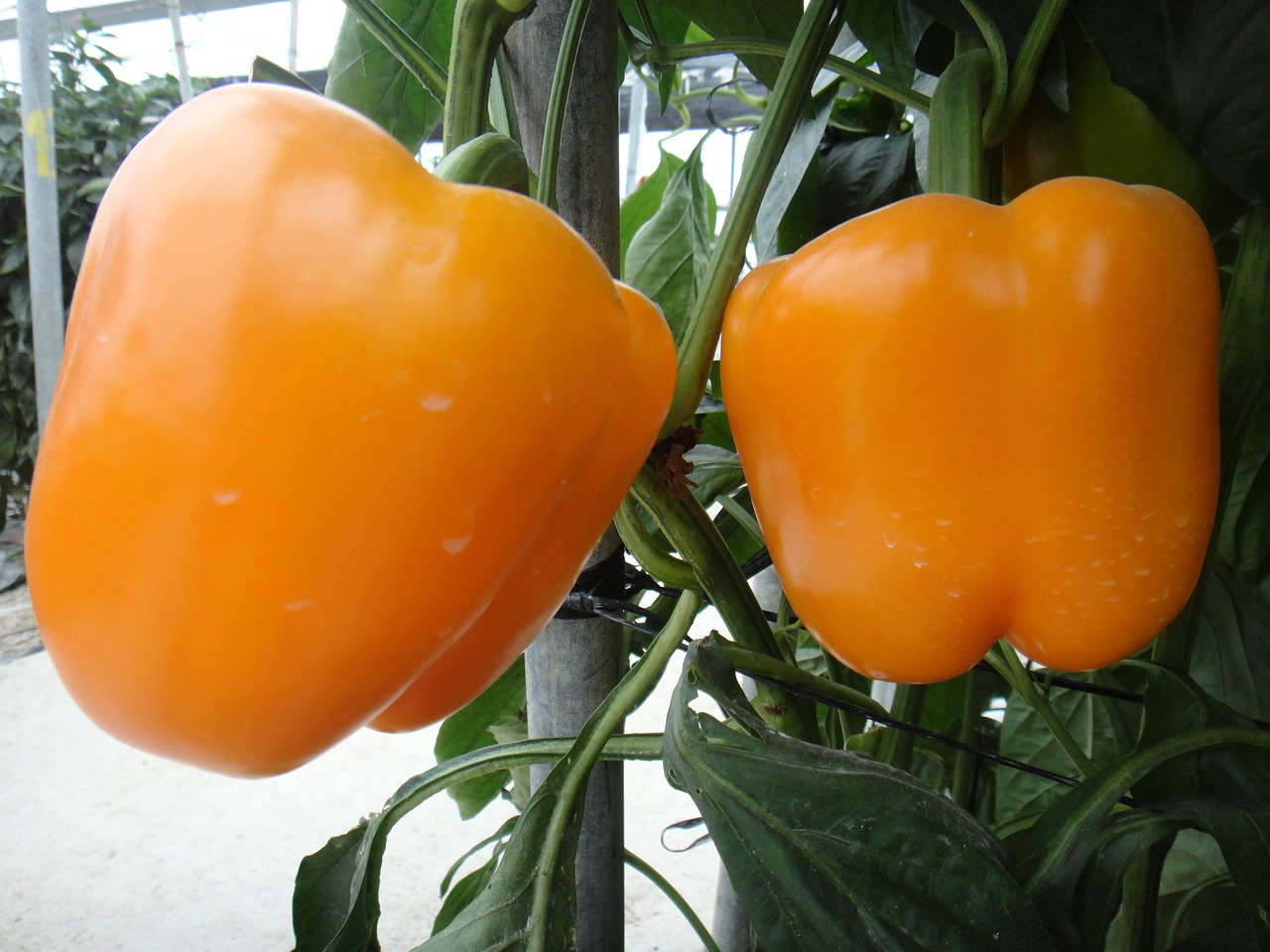
Domestic producers could harvest around 100,000 tons of tomatoes this year.Continue reading

Dynamic developments have been made in recent years in the domestic greenhouse vegetable sector, mainly to improve production efficiency and quality, reports Világgazdaság. According to a survey by the Hungarian Chamber of Agriculture and the FruitVeB Hungarian Interbranch Organization for Fruits and Vegetables, the developments have not only helped to supply the domestic market, but also to further expand exports in certain product categories.
Although the recovery that started in 2016 was interrupted in 2022-2023, by the unfavorable economic environment, the new rural development tenders expected in the period ahead could give a new boost to the implementation of planned investments in the sector. A new call for proposals to support the development of horticultural greenhouses, cold storage, and post-harvest facilities is expected to be launched in May 2024.
In Hungary, farmers grow vegetables on a total of 3,090 hectares of land, 15 percent of being under greenhouse cultivation, 30 percent under thermal block film, and 55 percent in cold frame greenhouses.

Photo via Pixabay
The improvements have increased the area under greenhouse tomato production by approximately 110 hectares, now exceeding 310 hectares. Of the 150,000-160,000 tons of tomatoes produced, 75-80 percent are of the berry and vine type, the remainder being cherry and cocktail tomatoes.
Domestic growers can supply the domestic market with cocktail and cherry tomatoes from April to October, and Hungary is self-sufficient in vine tomatoes from the beginning of April.
From then on, the production volume increases to the point where the domestic market cannot absorb it, thus Hungary exports tomatoes until September. The growing demand in the European Union is improving our export prospects, with exports now reaching 14,000 tons. Imports of fresh tomatoes are steadily decreasing, while exports are increasing year on year.
Last year, there was a significant increase in sales of domestic white peppers, but there is also a noticeable increase in demand for large colored and sweet peppers – Bell or Pritamin – which are still relatively rare in the domestic sector.

Bell peppers. Photo via Pixabay.
Hungary is almost entirely self-sufficient in peppers and even exports some of its production.
The country’s cucumber production is also developing steadily, and over the past ten years it has been grown on an increasing area in modern greenhouses, which has greatly improved the quality and shelf-life of the product. The annual harvest is between 21,000 and 22,000 tons nationally, with the first harvests on the shelves from mid-February.
The biggest advantage of home-grown vegetables is that they are fresh on the consumer’s table every day and are on the shelves within a day of picking, compared to the one-week delivery time of imported products.
Via Világgazdaság; Featured image via Pixabay